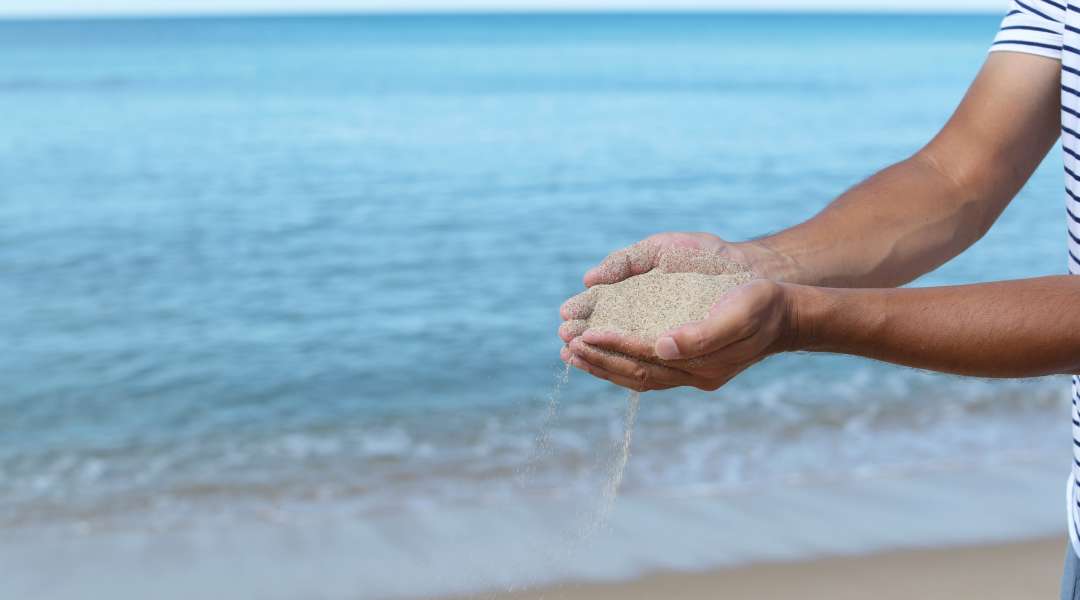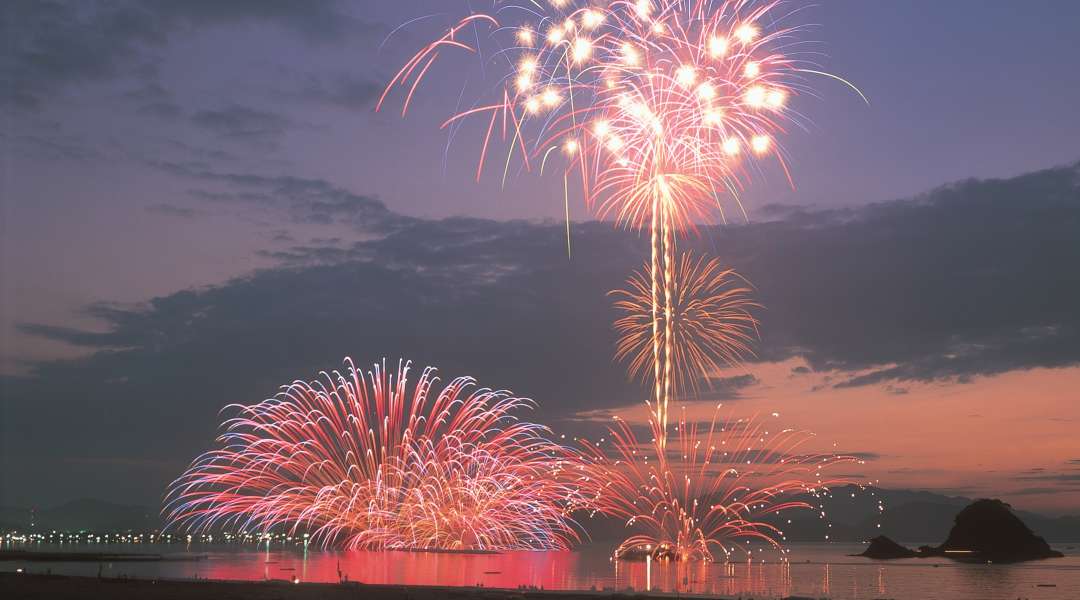
As the summer rolls in, a lot of us already have plans to jet off here and there in search of that elusive sun that seems to shirk our British shores, rearing its head only when we least expect. As we all know, it’s never too early to start planning the perfect summer holiday, and when you are on a budget, preparation is king and key. We share some tips and alternatives to help soften the blow to the wallet when travelling to Japan during this season…
Tip 1# Avoid travel during Obon
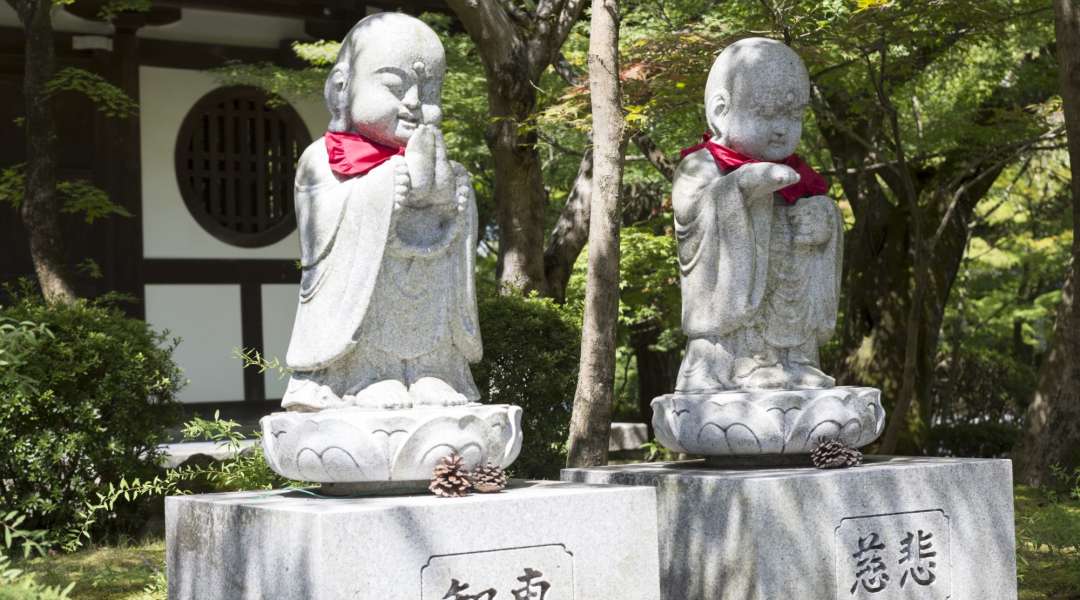 Two large jizo buddha statues at Eikando Temple in Kyoto
Two large jizo buddha statues at Eikando Temple in Kyoto
Observed on the 13th-16th August, ‘Obon’ is an annual Japanese holiday to commemorate one’s ancestors, with many locals making their way back across the country to their hometowns. Such nationwide movement consequently brings Obon on par with the New Year and Golden Week as one of Japan’s busiest times of the year. Travel and accommodation therefore become particularly competitive. However, that is not to say avoid travelling to Japan during this time entirely. With Obon comes spectacularly atmospheric festivals and dances (Bon Odori) that are free to attend and join, such as Tokyo’s ‘Solamachi Summer Festival’ and ‘Nakano Bon Odori’, and Kyoto’s famous ‘Gozan Okuribi’. The busiest times to travel during Obon are predicted to be on the days just before and after the festivities so settle down at these places in advance, and sort out accommodation ahead of time so that when the season hits, you can enjoy the celebrations without the hassle.
And speaking of celebrations…
Tip 2# Take advantage of free festivals
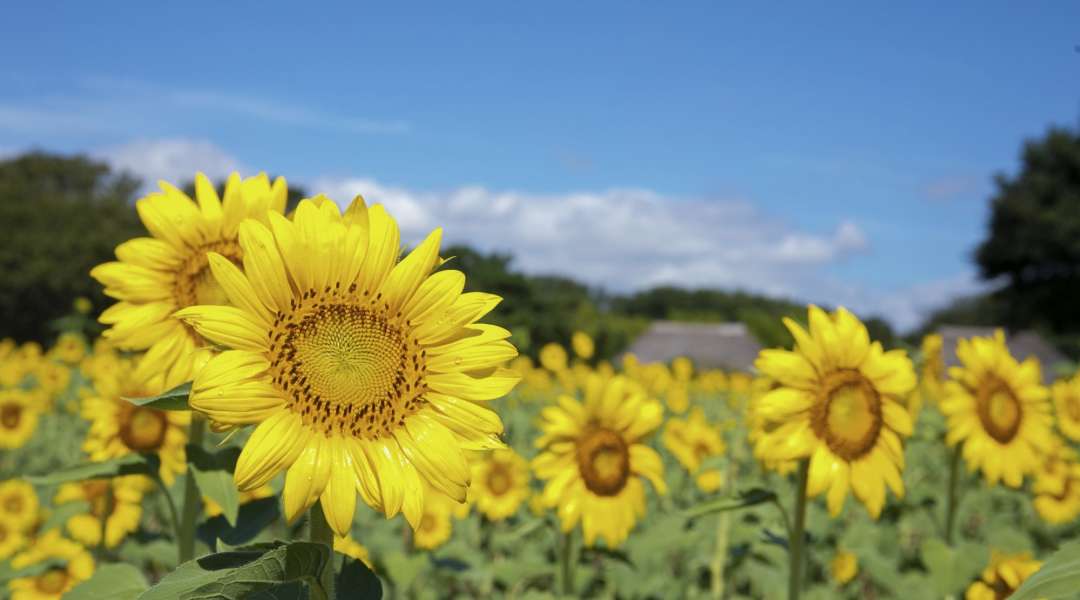
Our second tip is to join the locals in the abundance of free events and celebrations that come with the Japanese summer. There are two we have in mind: firework festivals (‘hanabi taikai’) and sunflower (himawari) festivals. The best time to see sunflowers in Japan is from July through to the end of August, and even September for some varieties. If you are in the capital during this time, keep an eye out for the Annual Sunflower Festival at Yokosuka Soleil Hill, Kanagawa that runs all the way until September where you can get stuck in in making sunflower melon bread and wreaths, and partaking in stamp rallies. The Akeno Sunflower Festival in Yamanashi, mid-August, is also a popular one to visit as the yellow fields foreground the distant Japanese Northern Alps. Stay after sunset and you can also enjoy seeing the flowers illuminated under the starry night sky. Both festivals are free of admission and just a stone’s throw away from the capital, making them ideal spots for city breaks and stunning photographic moments.
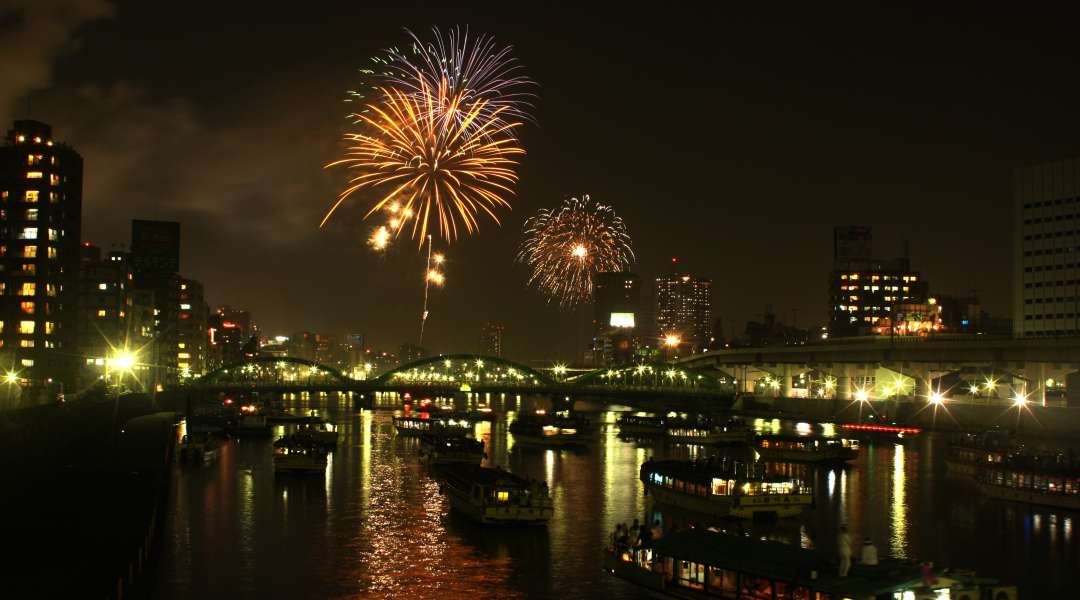
We Brits may associate it with Bonfire Night and autumn, but fireworks are a symbol of Japanese summer along with cicada chirps, watermelon and wind chimes. You can be sure to find firework festivals held in towns and cities, big and small, across the country. It is the best way to end a fun-filled day, so be sure to don a yukata and grab some delicious festival food to-go – it is one of the only times you don’t need to question whether it is acceptable to walk and eat at the same time!
Tip #3 Explore the hidden beaches of mainland Japan
When people think of a Japanese beach getaway, ‘Okinawa’ seems to be the prefecture on most lips – and who can blame them? Enjoying a subtropical climate, it is not surprising that the southernmost chain of islands comes out on top as the best destination for a sunny break. However, unless you’re coming from China, South Korea, Singapore, Taiwan or Hong Kong, the privilege of basking in its white sand and pristine blue waters comes at the cost of an additional flight ticket from the mainland and, while there are low cost airlines and discounted fares on internal flights available now, you might find sticking to the mainland is kinder on the wallet.
Indeed, the main island of Honshu offers a number of amazing seaside alternatives, some only a short distance away from the Tokyo-Kyoto Golden Route itself.
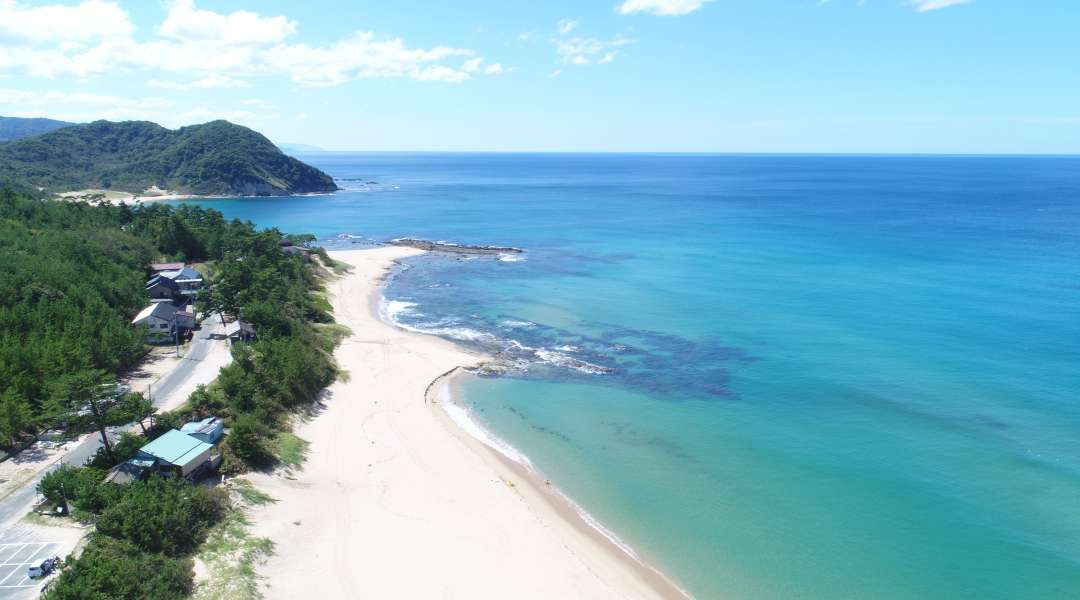
Kotohikihama Beach, a few hours train journey from Kyoto city, boasts being the largest ‘singing sand’ beach in Japan, one of the ‘100 Soundscapes of Japan’! Drag your feet over the sand with just the right force and the friction on the quartz within will create the squeaky phenomenon that only a few beaches are privy to.
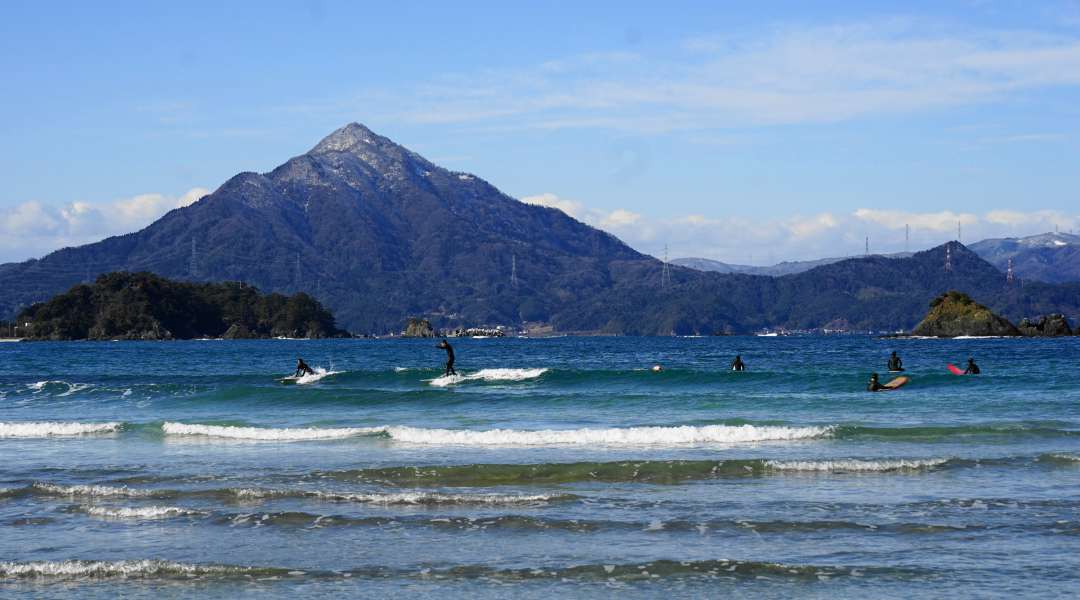
The neighbouring prefecture of Fukui is also home to Wakasa Wada, the first beach in Asia to be granted the ‘Blue Flag’ environmental certification. Its shallow shores, the waters a mesmerising jade hue and the backdrop of Mount Aoba make it a popular beach for swimming and sunset-viewing.
Tip #4 Head off the beaten track
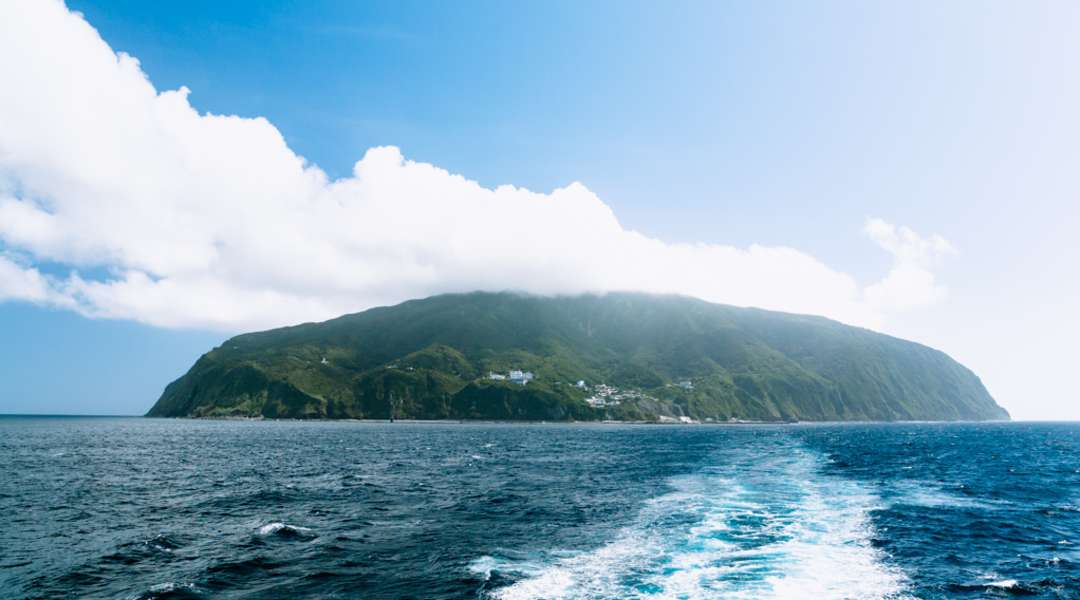
In summer, most Japanese make a beeline for the cooler climates of places like Hokkaido and Nagano but if you don't mind a slice of island life, the lesser-known Izu Islands off the eastern coast of Honshu are worthy contenders for skipping the summer crowds with to their lush forests, cool offshore breezes and vibrant marine life.
Technically a part of Tokyo, the nine islands – Oshima, Toshima, Nii-jima, Shikine-jima, Kozushima, Miyake-jima, Mikura-jima, Hachijo-jima and Aogashima – make up the capital’s best kept secret, each offering their own unique assortment of sights and activities. On the table are experiences such as hiking, scuba-diving, onsen-dipping, camping, sushi-eating and surfing to name a few; the Izu Islands are a must for adventurers and nature enthusiasts who want to be close to Tokyo’s action but also want to lap up the beautiful scenery of the ultimate off-the-beaten-track destination.
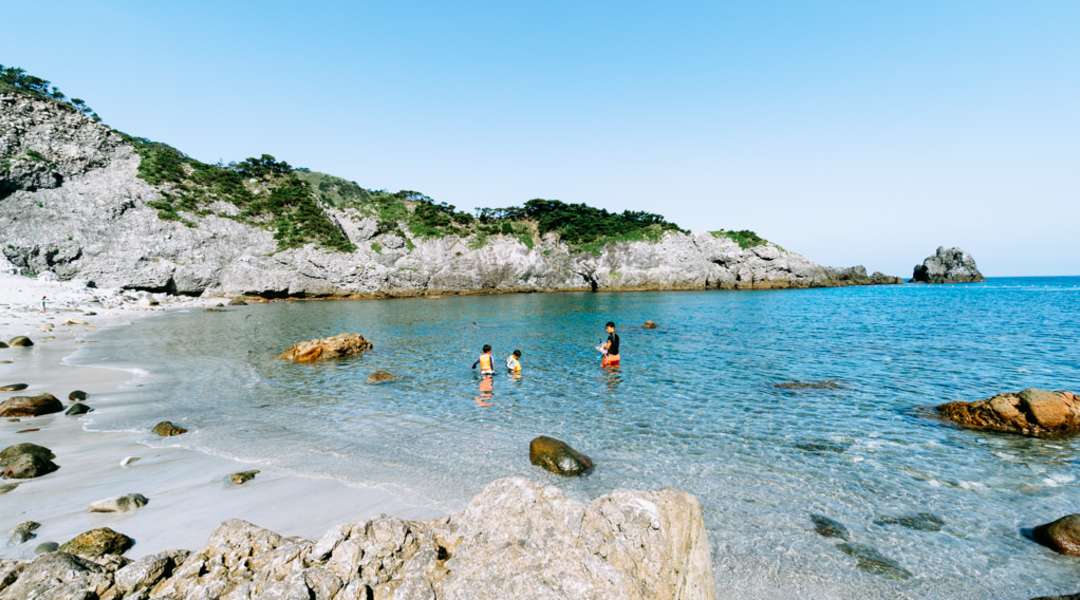
The best bit about these pockets of paradise is that they are unbelievably accessible from the metropolis! High-speed jetfoils from the Takeshiba Passenger Boat Terminal in Tokyo will take you to the islands in 2-3 hours, a flight from Chofu Airport will see you landing in under an hour, but take the larger overnight passenger ships (6-10 hours) and you can save up on some cheeky accommodation fees!
Facny getting the summer party started early? Click here to find out how you can recreate your very own Japanese beer garden!
Or to explore more off-the-beaten path destinations, check out our 2022 Best of Japan Hotlist or 5 classic experiences!
For more tips and insider-scoops, follow us on Facebook, Instagram, and Twitter!

















































